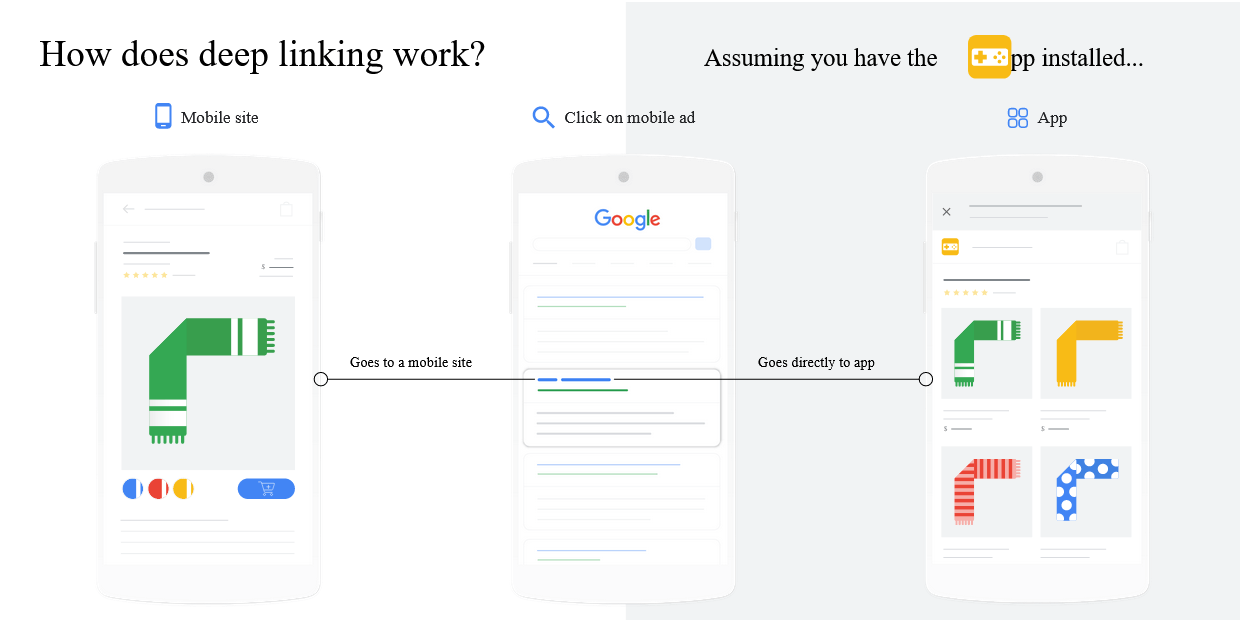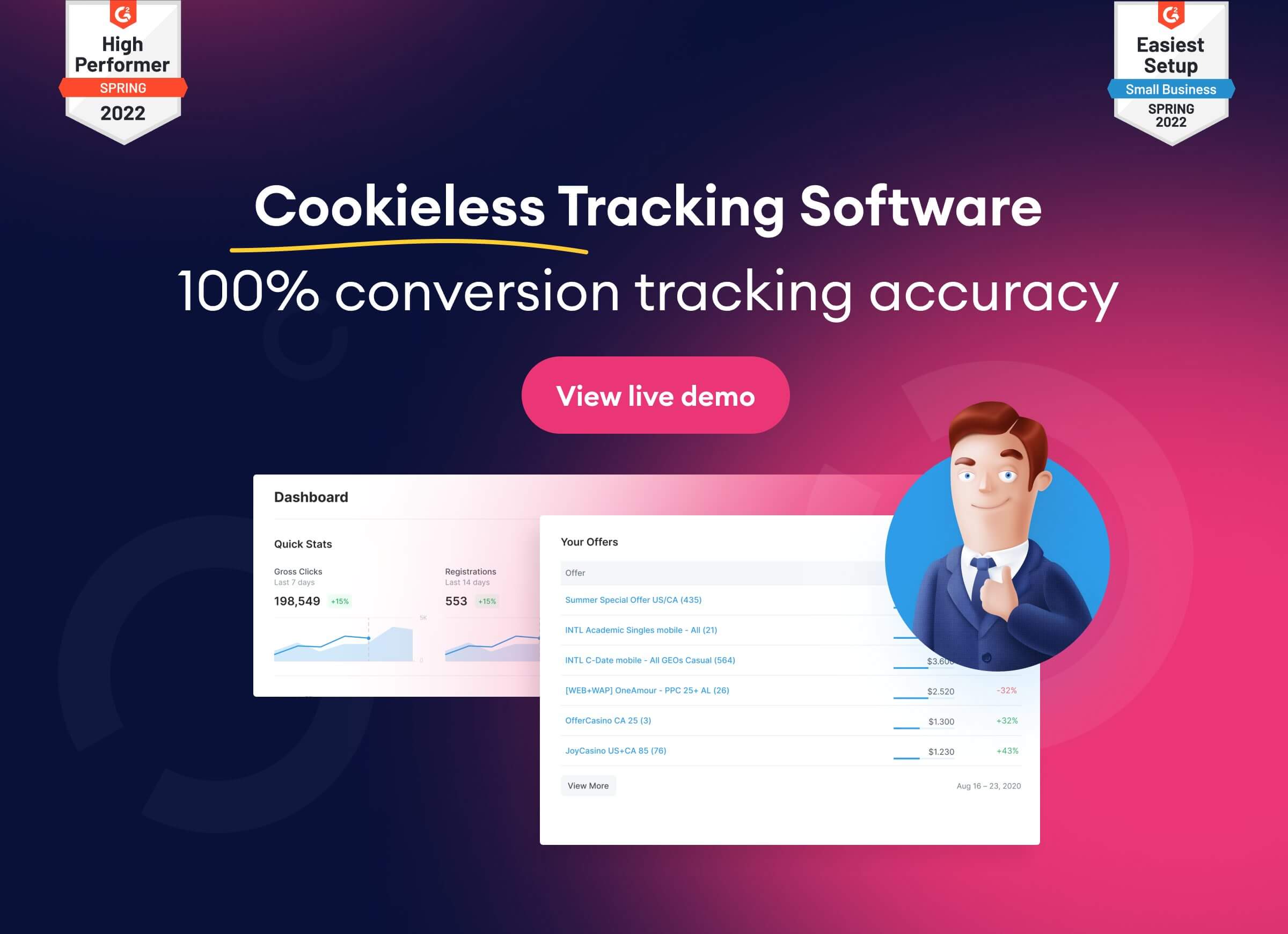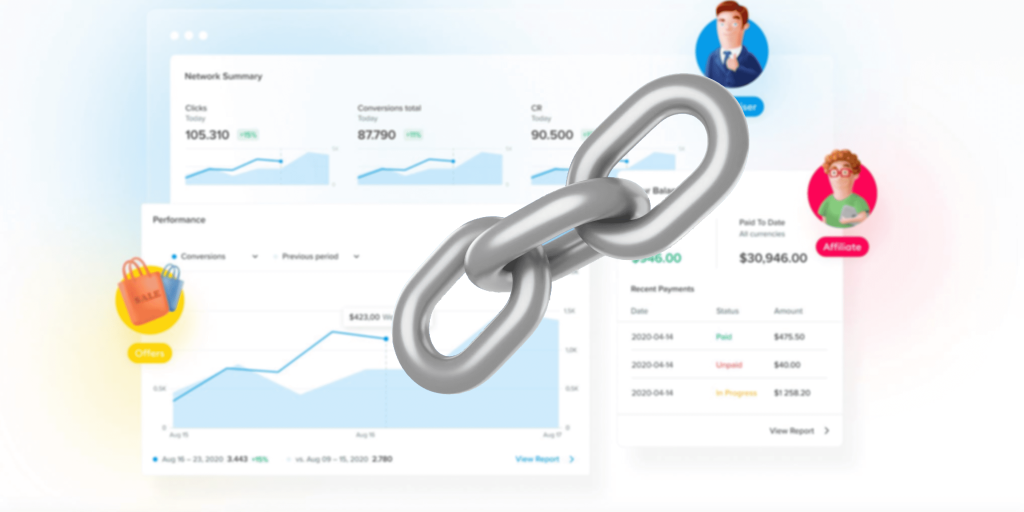Deep linking is a game changer in modern marketing. As the digital marketing landscape continues to evolve, staying ahead of the curve is essential for businesses aiming to thrive in this competitive environment. Deep linking is one such marketing innovation that has gained traction in recent years.
But what exactly is deep linking, and why should marketers be paying attention to it?
In this post, we’ll discuss what deep links are, how they work, and why they are important for your affiliate marketing strategy. We’ll also explore the concept of deep linking, its benefits, and how it can revolutionize the way you engage with your audience, boosting conversion rates and driving customer retention.
So, let’s dive in and unravel the mystery behind deep linking and its growing importance in marketing.
What is Deep Linking?
As an affiliate website owner, it’s important to understand the concept of deep linking in affiliate marketing. Deep links are a powerful tool that can help you drive more traffic and sales to your website.
A deep link is a hyperlink that takes a user directly to a specific product or page on an advertiser’s website, bypassing the homepage. For example, instead of linking to the advertiser’s homepage, you could create a deep link to a specific product page.
Deep links are important because they give users a more targeted experience, making them more likely to convert.
How Do Deep Links Work?
Deep links work by passing specific information to the advertiser’s website. When a user clicks on a deep link, the link contains information about the product or page that the user is interested in.

Image source from Google.
This information is passed to the advertiser’s website, which then displays the relevant product or page to the user. Deep links can be created using a variety of tools provided by affiliate networks, such as CJ Affiliate or through affiliate software, such as Scaleo.
Why are Deep Links Important?
Deep links are important because they give users a more targeted experience, which makes it more likely that they will convert. By linking directly to a specific product or page, you give users the information they need to make an informed choice.
Deep links also help your website look more trustworthy since people are more likely to trust a site that gives them information that is relevant to them.
Standard deep linking
Standard deep connections are the simplest of the three types of deep linking. Through a standard URL, the user is directly linked to the requested content on the website or mobile app. The main disadvantage of this method, if any, is that it only works for app deep linking if the user already has the mobile app installed.
A standard deep link provided to a user who does not have the app installed merely redirects them to an error page, causing the user to abandon the app journey. Because the app version of a link is always more optimized than the browser version for mobile users, being sent to a fallback page is a less-than-desired conclusion.
Deferred deep linking
This method is comparable to standard deep linking in that users are directed to the same link that they would be if the app was already installed. The distinction is that users who do not have the app are directed to the relevant app store where they can get it. This aids in obtaining new clients and retaining old ones.
This process, very literally, postpones the deep linking while continuing the customer’s trip. When the app is installed, users return to the content they previously viewed. Deferred deep linking increases the likelihood of the user reaching the targeted content greatly.
Contextual deep linking
Contextual deep linking, the most advanced kind of deep linking, accomplishes the same activities as standard and postponed deep linking by connecting interested users to the right content or app store. However, it also retains user data for marketers and developers to give the user an exceptionally tailored app experience.
Scaleo can use this data to examine how their campaigns and marketing channels succeed with users. Through selected and beneficial content, the improved user journey tends to keep users on the app for longer periods of time.
The Benefits of Deep Linking
1. Deep links provide users with a seamless experience
Users, including your devoted brand fans, can be picky at times. They will not take the desired action unless you provide them with a smooth journey. That is if they don’t swipe up from your Instagram account and find themselves in the YouTube app where they can like and remark or in an e-store where they can easily make a purchase… They are unlikely to take that action!
In other words, deep links allow users to access any website or piece of content with minimal manual navigation.
Users can also use deep links to navigate to a particular section of the same app. So, if you link to something on your own page or story within the same app, users can easily navigate to that piece of content with a single click or swipe.
2. Deep links accelerate your growth
Deep linking technique users outperform non-deep linking technique users. As previously stated, when you use deep links across multiple media channels, you simplify actions like liking, commenting, and sharing for your fans and followers.
This will not only improve the results you get from promoting your content, but it will also optimize your profiles and make search engines suggest you to more users on the web. Think about it: it’s a win-win situation.
3. Retargeting
Deep links provide app marketers with a competitive advantage during remarketing efforts. When a lapsed user occurs to click on an ad that is especially targeting them, they are immediately taken back to the point where they left off. This enhances the likelihood of the lapsed user engaging with better or tailored content. Because of this seamless experience, retargeting via deep links is an incredibly effective engagement tactic.
4. Higher conversion rates
Deep links regularly result in higher conversion rates since the entire experience is tailored to the interests and needs of a specific audience. You may construct an effective search engine optimization plan to increase conversions by enhancing user loyalty by combining deep links and tailored adverts. Deep link consumers have a greater activation rate, and retention rate, and visit the app or website twice as often.
Conclusion
In affiliate marketing, deep links are links that direct a user to a specific page on the merchant’s website rather than the homepage. In this post, we have explained why deep links provide a better user experience for potential customers by taking them directly to the product or service they are interested in. This increases the likelihood of a sale and can lead to higher conversion rates for affiliates.
By deep linking to specific product pages, affiliates can improve their search engine rankings and drive more traffic to their website.
Furthermore, deep links allow for more accurate tracking of clicks, impressions, and conversions, which helps affiliates optimize their campaigns and improve their overall performance.
In 2023, deep linking continues to be one of the most lucrative yet underappreciated aspects of social media.
We hope that our article has given you a good understanding of the fundamentals of deep linking and how it works, so you can make an informed decision if you need to set up deep links for your affiliate marketing campaigns.

What are deep links in affiliate marketing?
Deep links are essential for any affiliate website owner. Deep links can provide a more targeted user experience, increase the chances of a successful conversion, and improve your website’s credibility. If you’re not already using deep links in your affiliate marketing strategy, now is the time to start.
Last Updated on November 28, 2023






